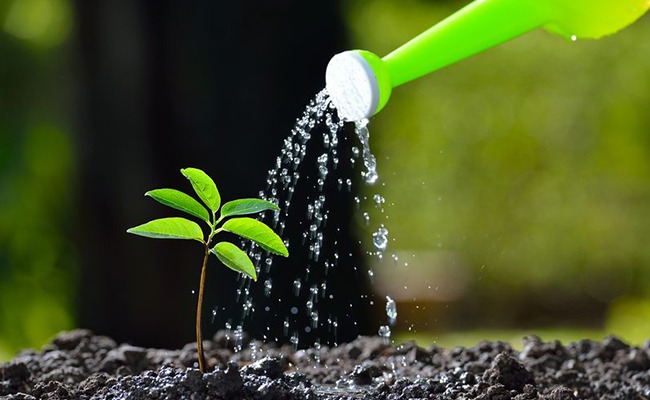When to Water Plants for Maximum Growth
One important aspect of plant care is to water plants regularly. Watering plants is an essential task, as it helps to ensure the health and growth of the plants. Neglecting to water plants properly can lead to wilting, disease, and even death in extreme cases.
Mastering the technique of watering plants require a specific skill set. Understanding the optimal time of day to water your outdoor plants and employing efficient watering methods can lead to happier and healthier plants. Even if you reside in a region with frequent rainfall, you will still need to water your garden plants occasionally.
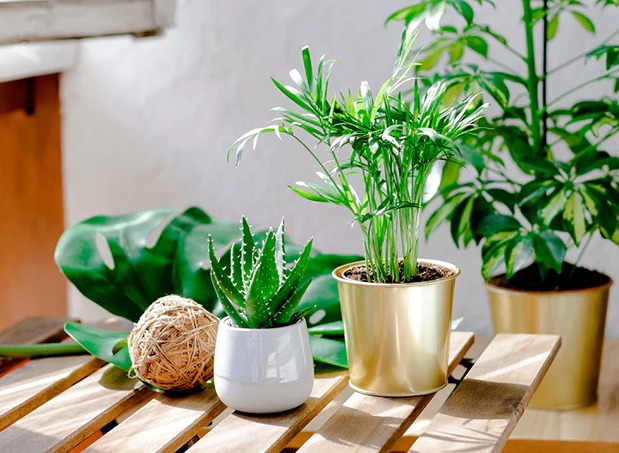
During summers, you can anticipate extended dry spells and hot days that lack rainfall, which is when you need to provide additional moisture to keep your plants thriving. Given the value of water, it is vital to have an understanding of the ideal ways and times to water your plants, so as not to waste this precious resource.
Therefore, here are some essential things you need to know about watering plants.
What is the best time to water plants?
The optimal timing to water your outdoor plants is in the morning, during the relatively cooler temperatures. This allows the plants sufficient time to absorb the water and adequately prepare for a hot and prolonged day ahead. The next most suitable time to water is late afternoon or early evening.
Conversely, it is advisable to avoid watering at night as the leaves may not dry off as rapidly as during other times of the day, resulting in the plants being more vulnerable to diseases. However, you should promptly water your plants when you notice that they are wilting, which is a clear indication that they are stressed and require immediate assistance.
For example, if your tomato plants appear wilted when you return home from work in the evening, you should not wait until morning to water them. Instead, you should water them without delay, while being cautious to keep the leaves as dry as possible. Also, it is crucial to avoid allowing your plants to wilt repeatedly, as this can cause harm and weaken them, making them less able to withstand other challenges, such as heat and pests

How much water do plants need for proper growth?
In a vegetable garden or raised bed, the general guideline for watering is an inch of water per week, which amounts to approximately 60 gallons of water for every 100 square feet of garden. To determine whether this weekly water requirement has been met, you can monitor the rainfall by installing a rain gauge or checking local weather information.
Alternatively, you can rely on the traditional method of assessing soil moisture levels by removing your gardening gloves and inserting your finger into the soil. If the soil feels dry at a depth of two inches below the surface, it is an indication that watering is necessary.
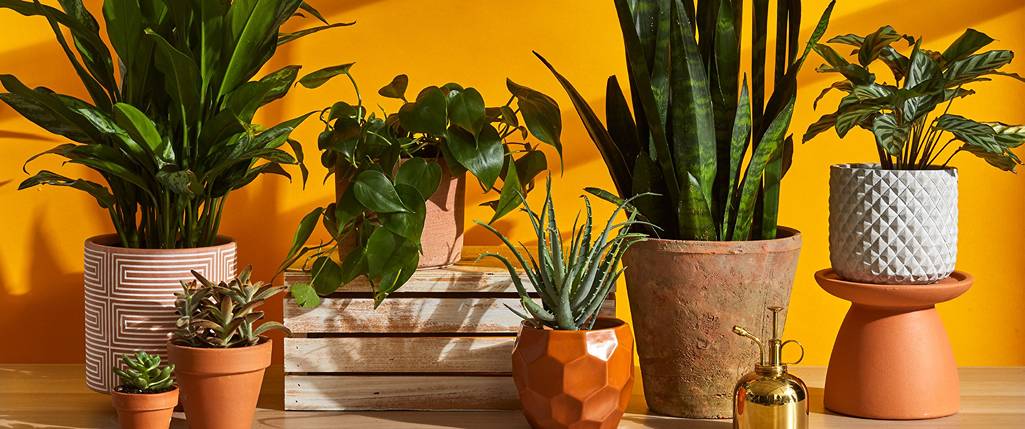
How to water plants in containers effectively?
Plants grown in containers tend to dry out more quickly than those planted in the ground. This is because pots absorb heat, which can put the plant roots under stress, and the soil in containers tends to dry out more rapidly than soil in the ground. Therefore, container plants generally need to be watered daily to ensure they receive enough moisture to thrive.
During hot weather, smaller containers may even require watering twice a day. To determine if your potted plants need watering, conduct the finger test by checking if the potting mix feels dry two inches down. If it’s dry, or you notice wilting plants, grab a watering can immediately to provide your plants with the necessary hydration.
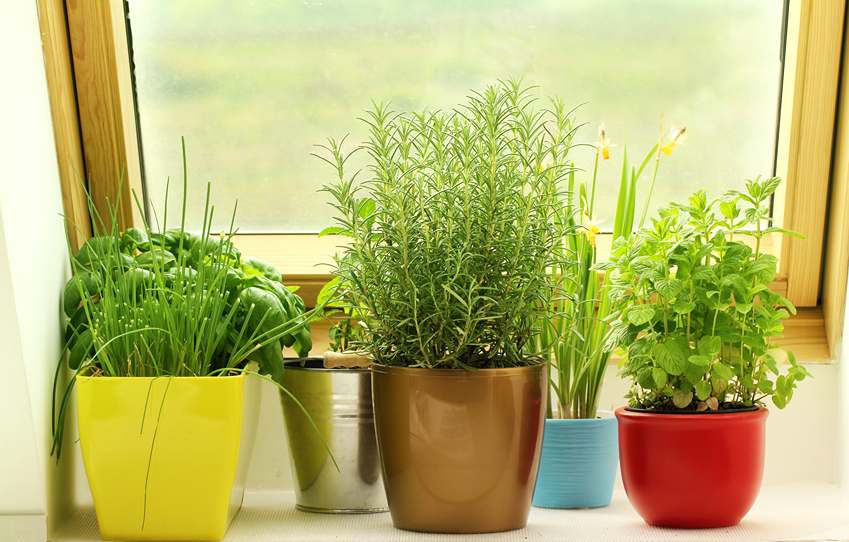
How to properly water indoor plants?
When it comes to watering indoor plants, the rules are different compared to outdoor plants. The best time of day to water indoor plants is not as important as the type of plant and the season. Some houseplants grow actively during the summer and spring seasons, and then go dormant during fall and winter, so they’ll require less water during that time.
Many common houseplants, such as monstera and philodendrons, come from tropical areas where heavy rain is frequent. Therefore, they need regular watering to keep them healthy and looking their best. For houseplants that are native to arid regions, like snake plants and succulents, it’s better to let the soil dry out between waterings. It’s recommended to check your houseplants at least once a week to determine if they need water. You can check the leaves for wilting and assess the top inch of soil with your finger to see if it’s dry enough to require watering.
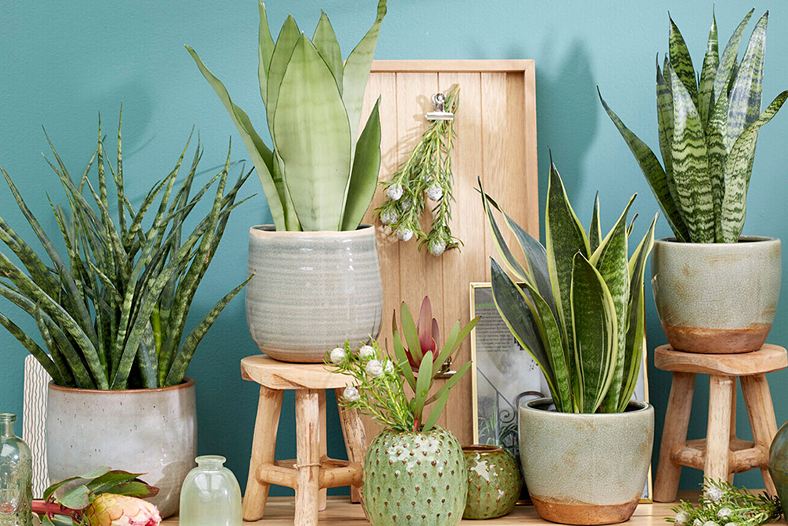
Expert advice for watering plants
Numerous common plant diseases caused by fungi and bacteria tend to spread more rapidly in wet conditions. While it’s not always possible to avoid getting plants wet during rainfall, it’s crucial to minimize the occurrence of diseases by keeping leaves as dry as feasible during watering. The most effective way to water your plants is by placing water on the soil close to the plant’s base using a watering can or hose.
Avoid pouring water over the plants from above or using overhead sprinklers. This is because sprinklers tend to deliver less water to the soil, and the moist leaves caused by the sprinkling can lead to a range of problems. Therefore, it is best to avoid sprinklers and opt for alternative watering methods that reduce the risks of plant diseases.
When watering your plants, it’s essential to aim for a slow and deep watering technique that allows the moisture to absorb into the soil effectively. You want the water to penetrate deep into the soil, saturating the top 6 inches of soil each time you water, depending on the plant’s size and soil type.
Drip irrigation and soaker hoses are excellent options for achieving this watering method in your garden. Additionally, these systems are cost-effective since they deliver water directly to the plant’s base, minimizing waste. Using a watering wand attached to a hose is another effective way to put water on the base of the plants. By adopting a slow, deep watering approach, you can ensure that your plants receive the necessary moisture they require to thrive.
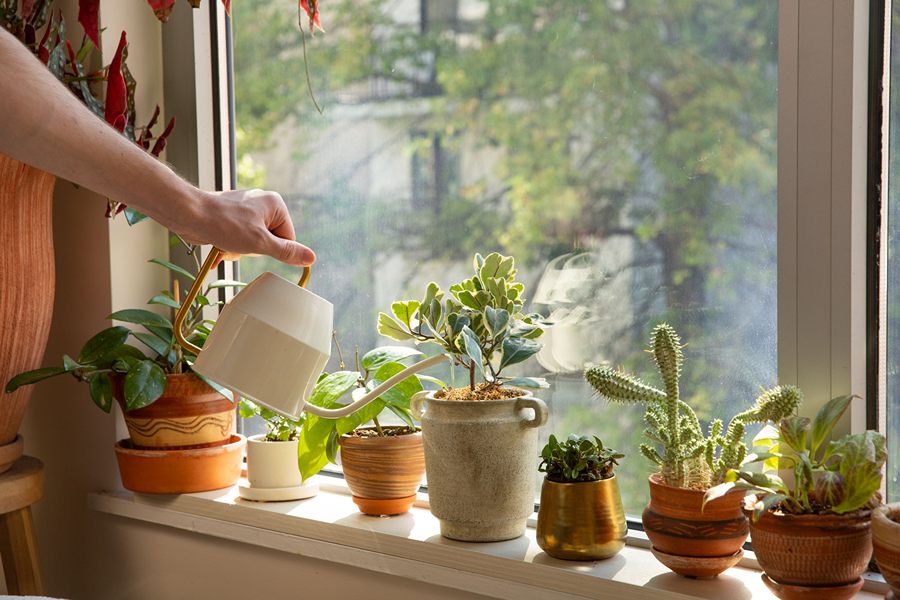
Additional water needs of newly planted vegetation
Plants that have recently been added to your garden or containers require more frequent watering compared to mature, established plants. This is because new plants need time to grow more roots that can absorb water from a larger volume of soil.
Regardless of whether it’s a perennial, tree, or shrub, if it has been in the ground for less than a year, it will require regular watering, more than it can get from rainfall alone.
The general rule of thumb is to water the plants, when necessary, which is ideally when the soil feels dry, but before any signs of wilting are visible. If you notice any plant looking wilted, provide it with a deep drink of water immediately.
